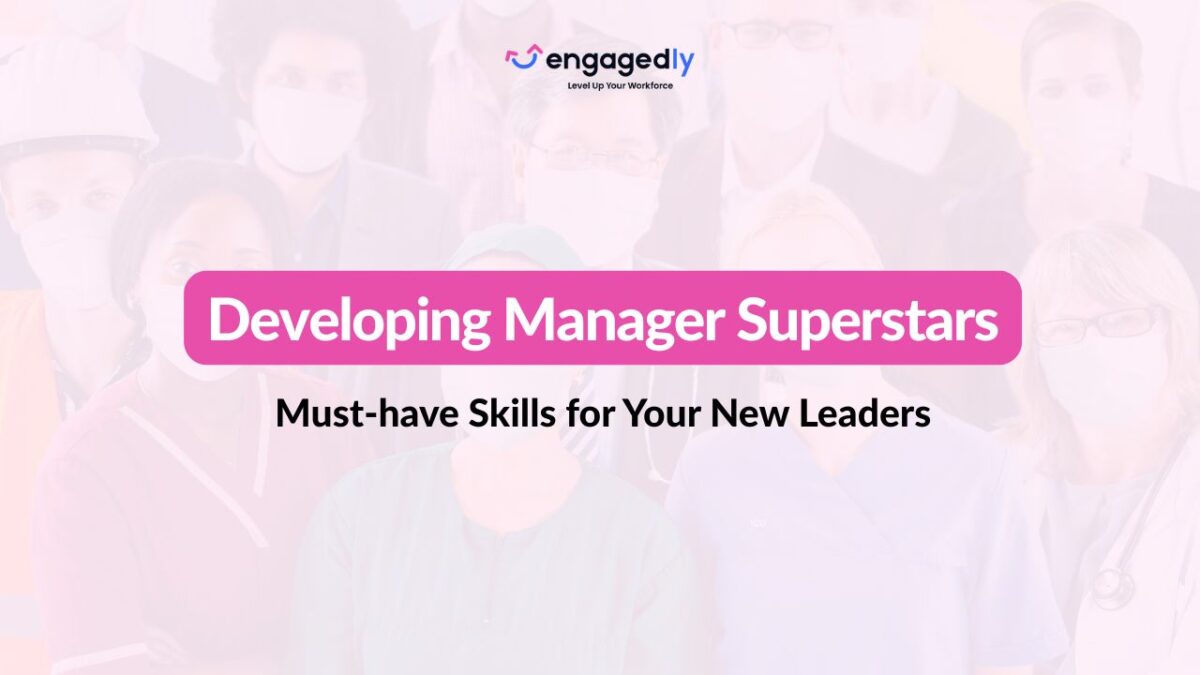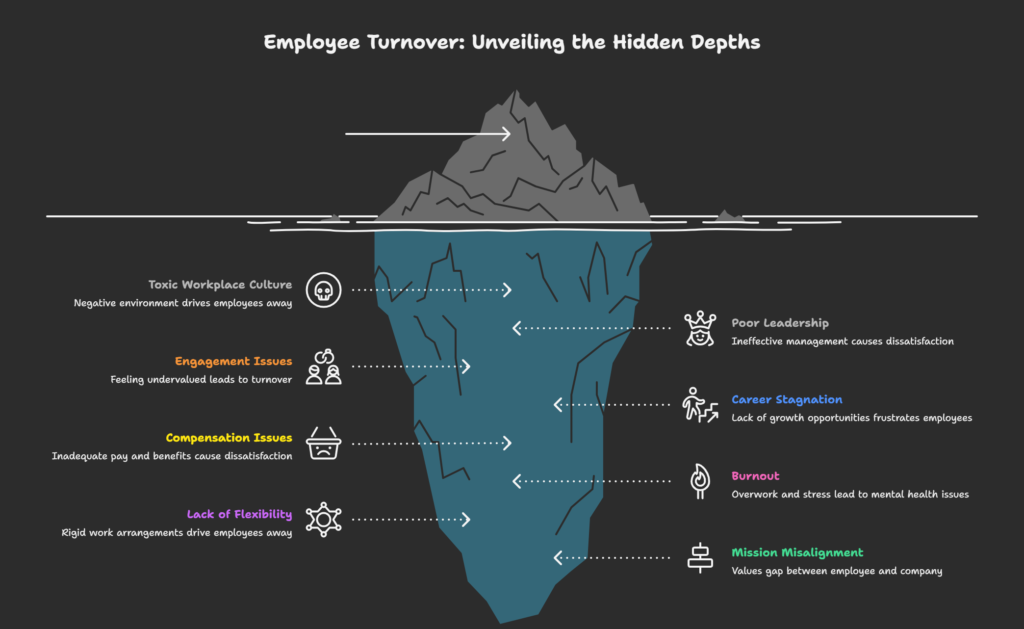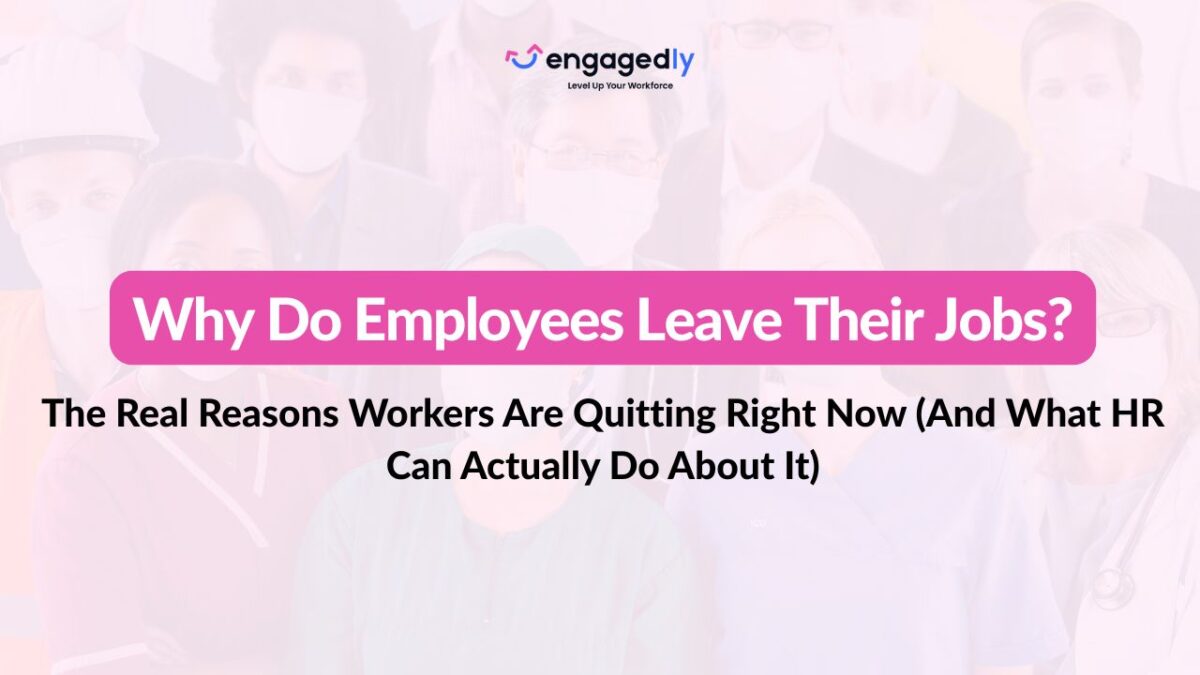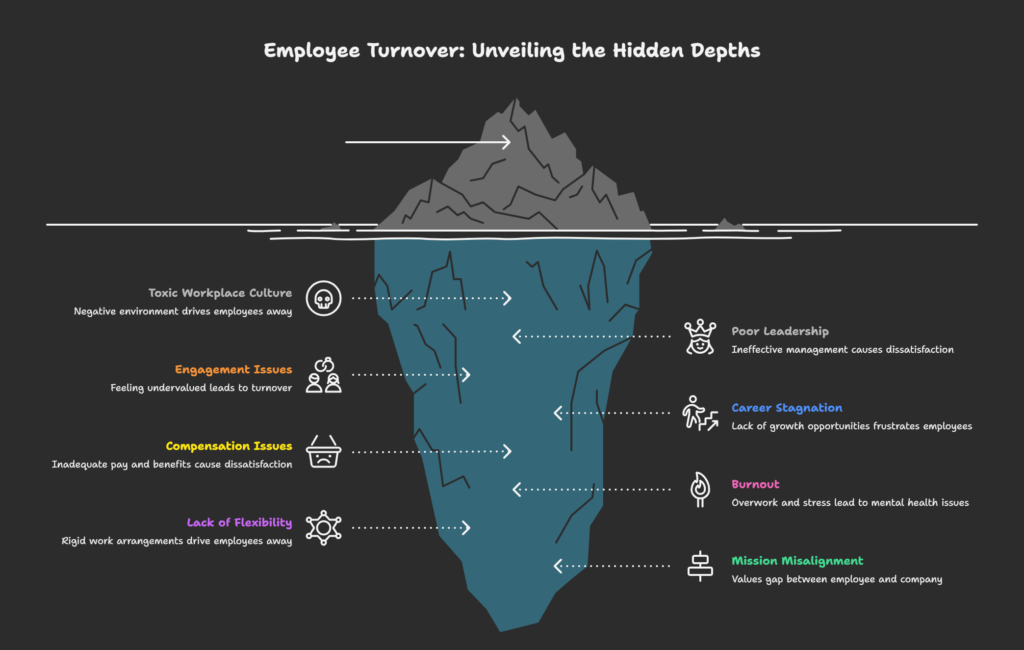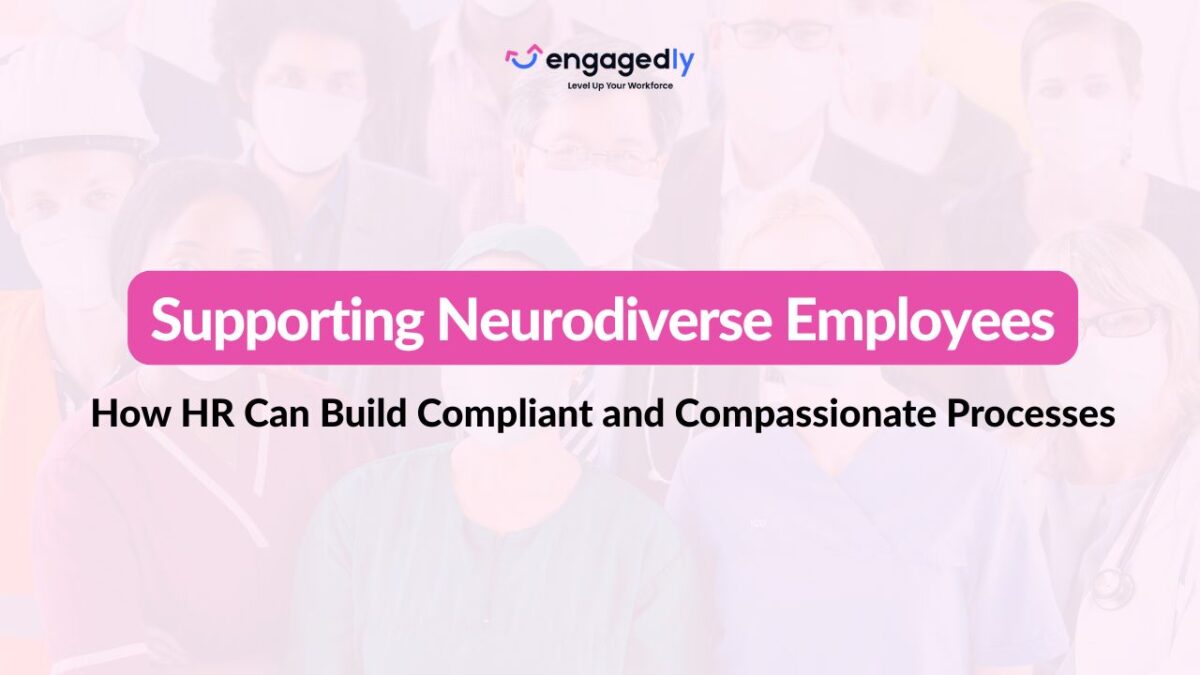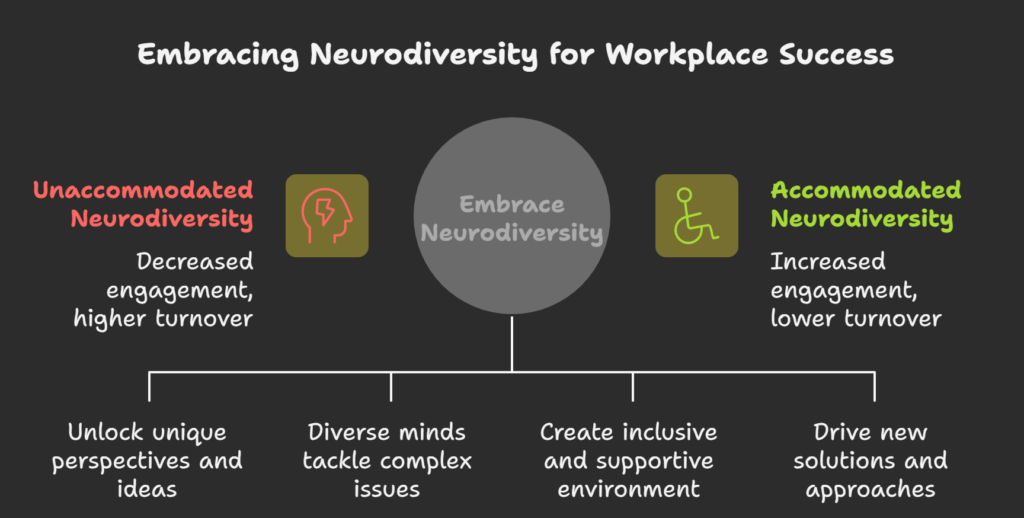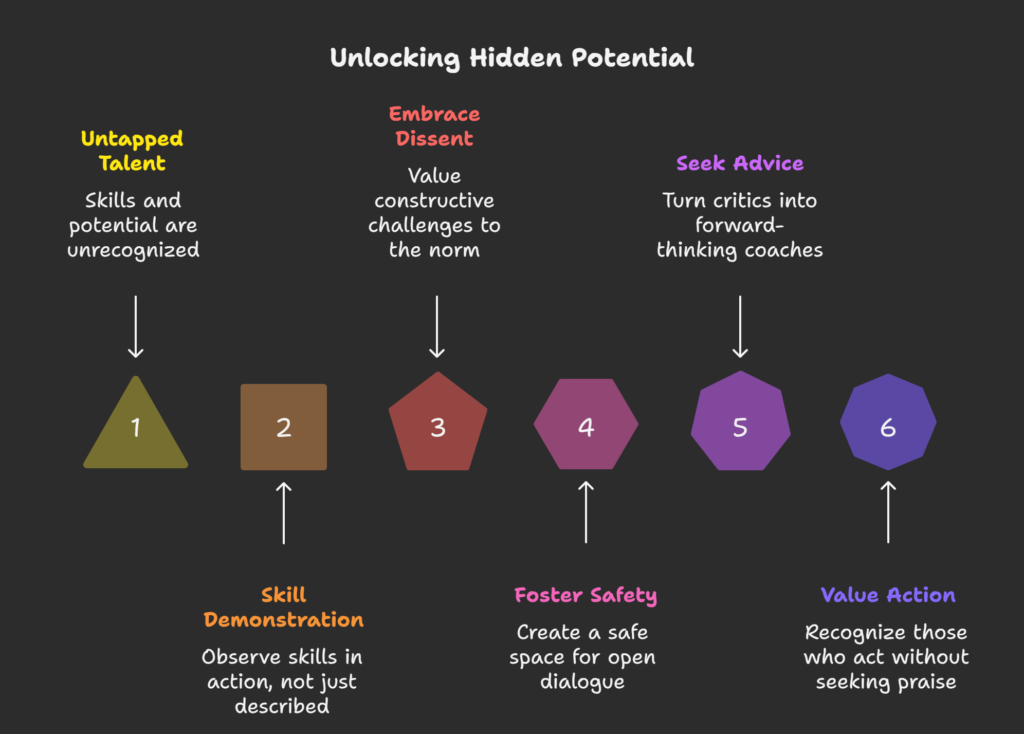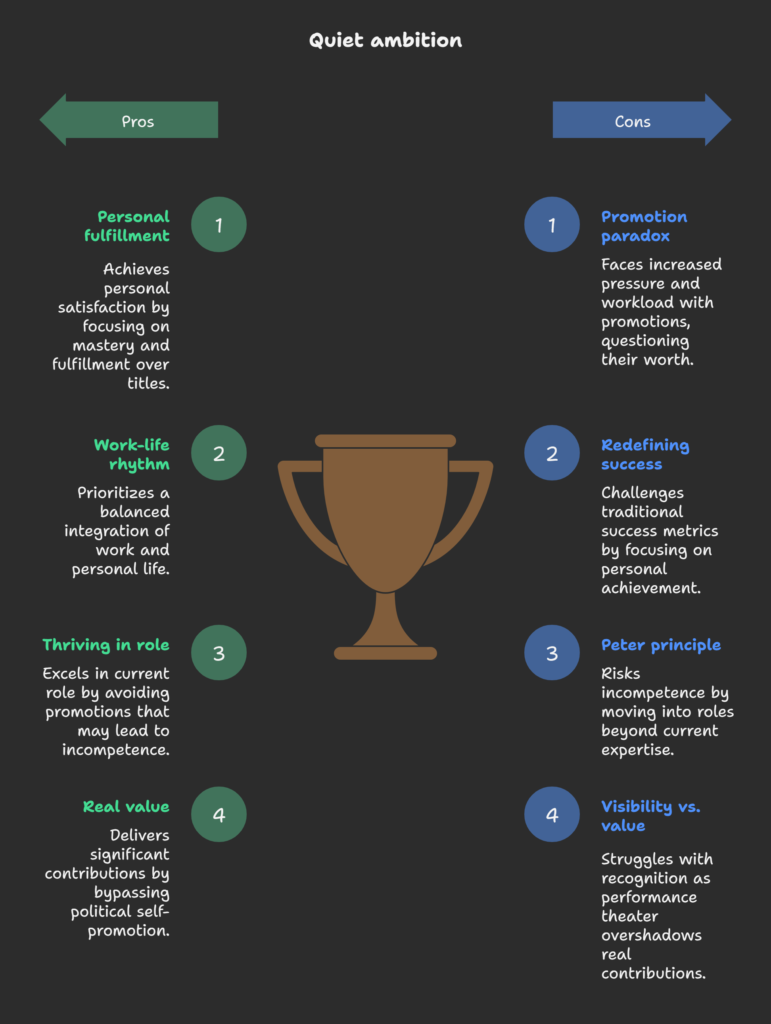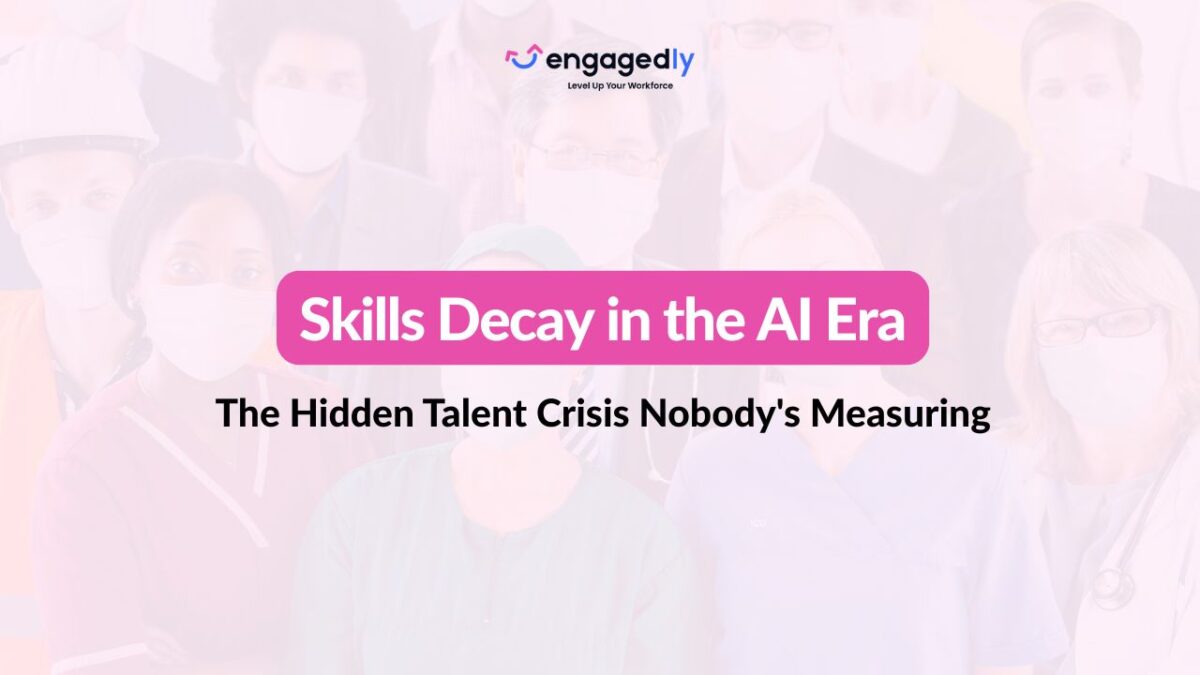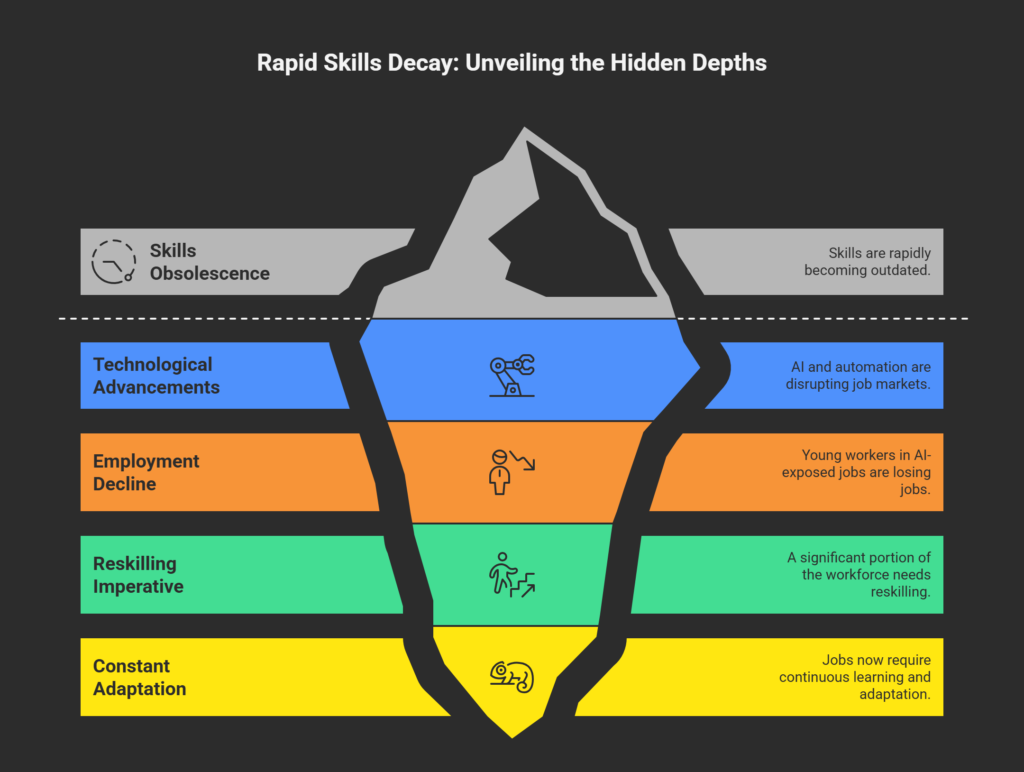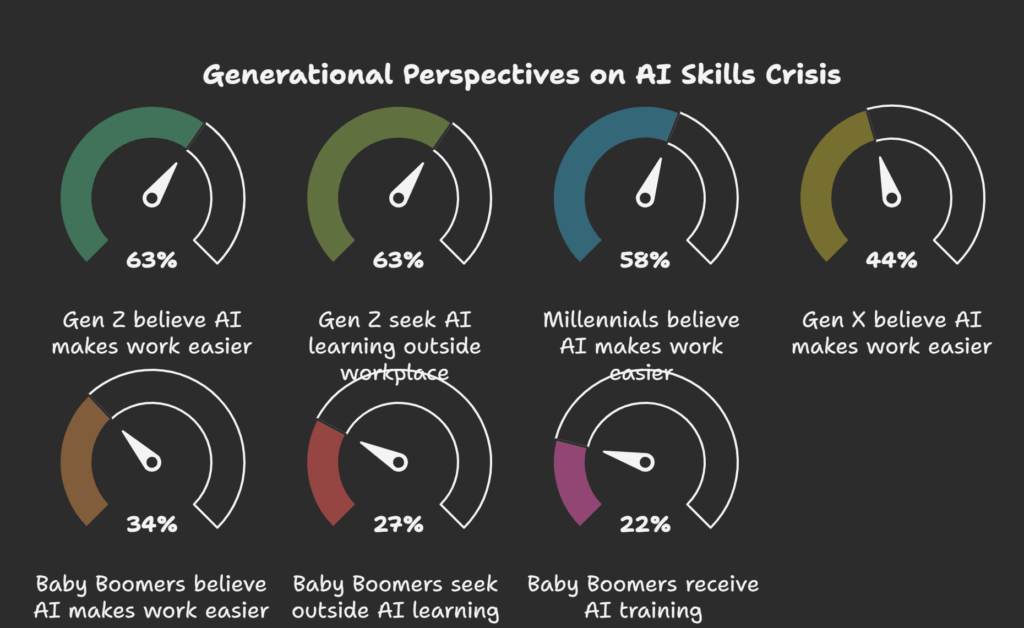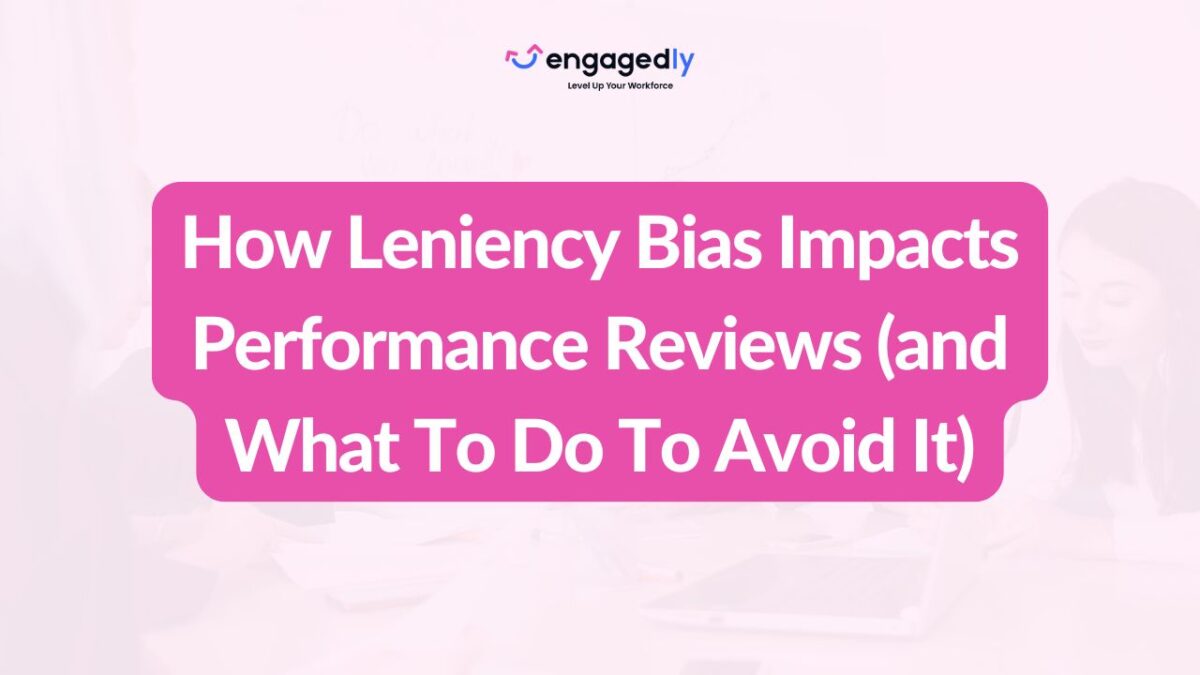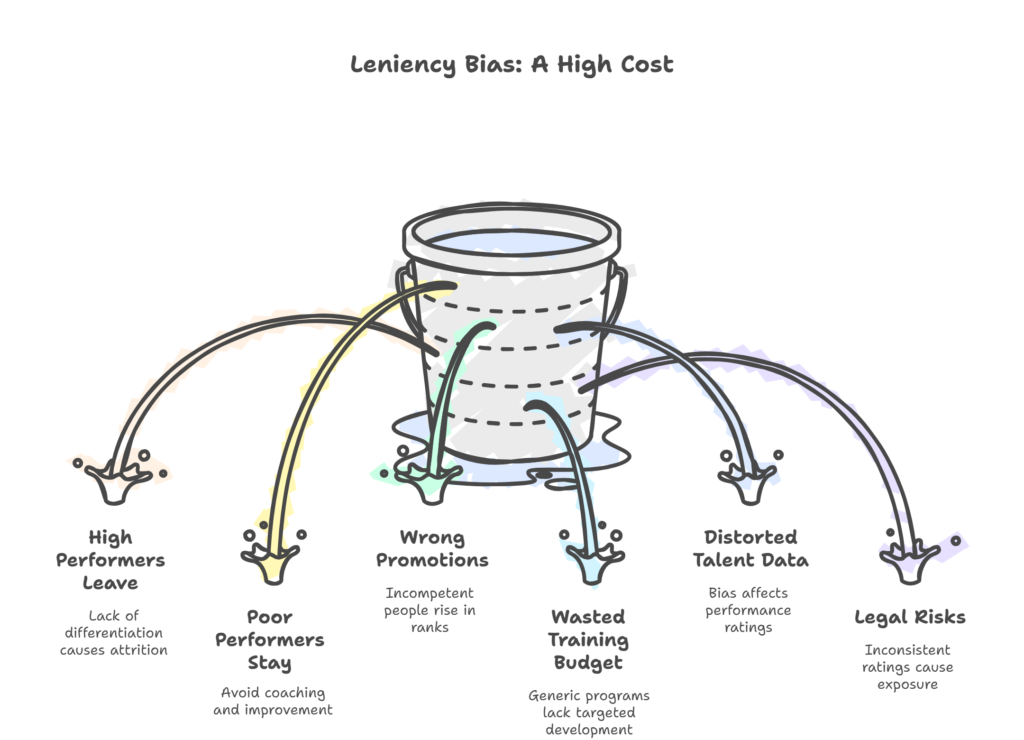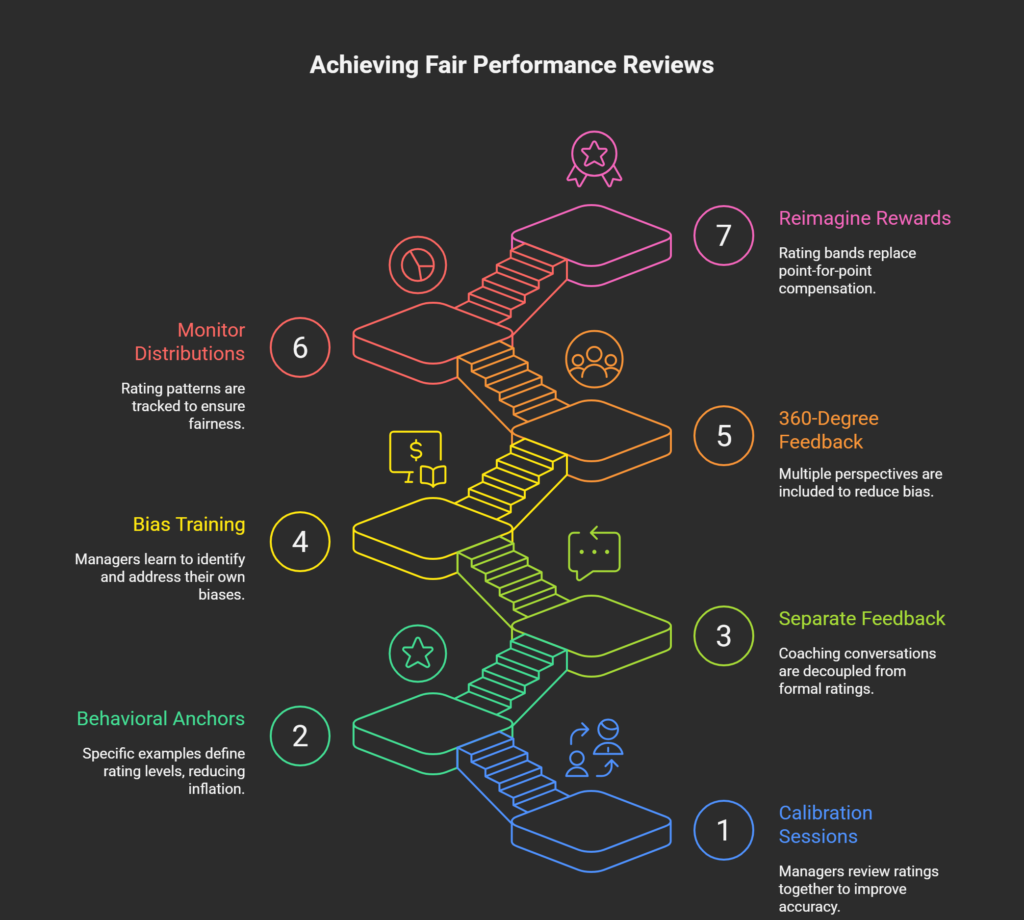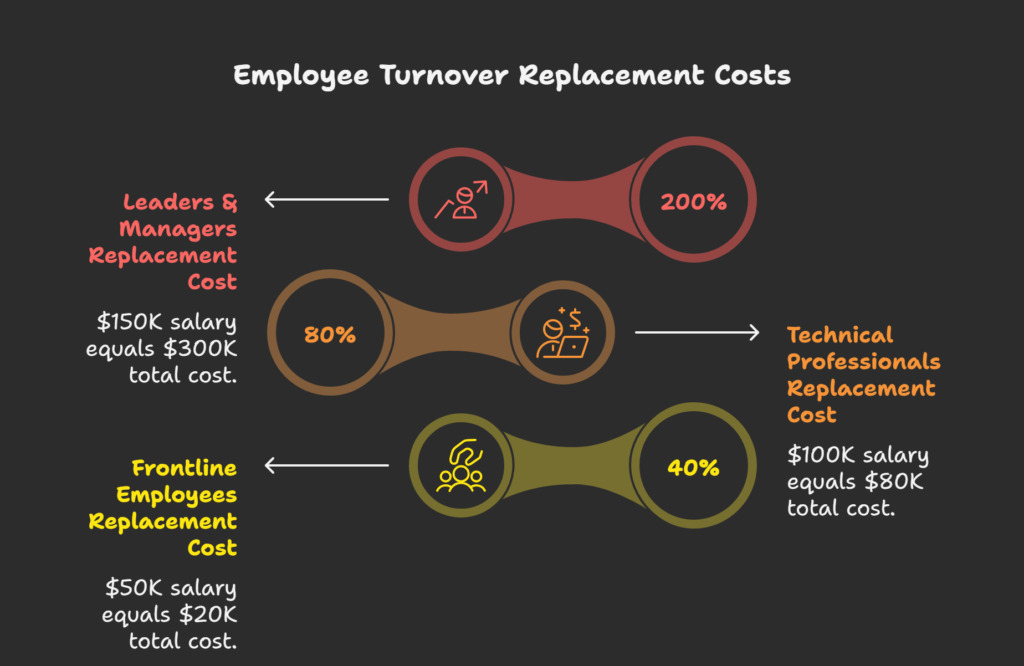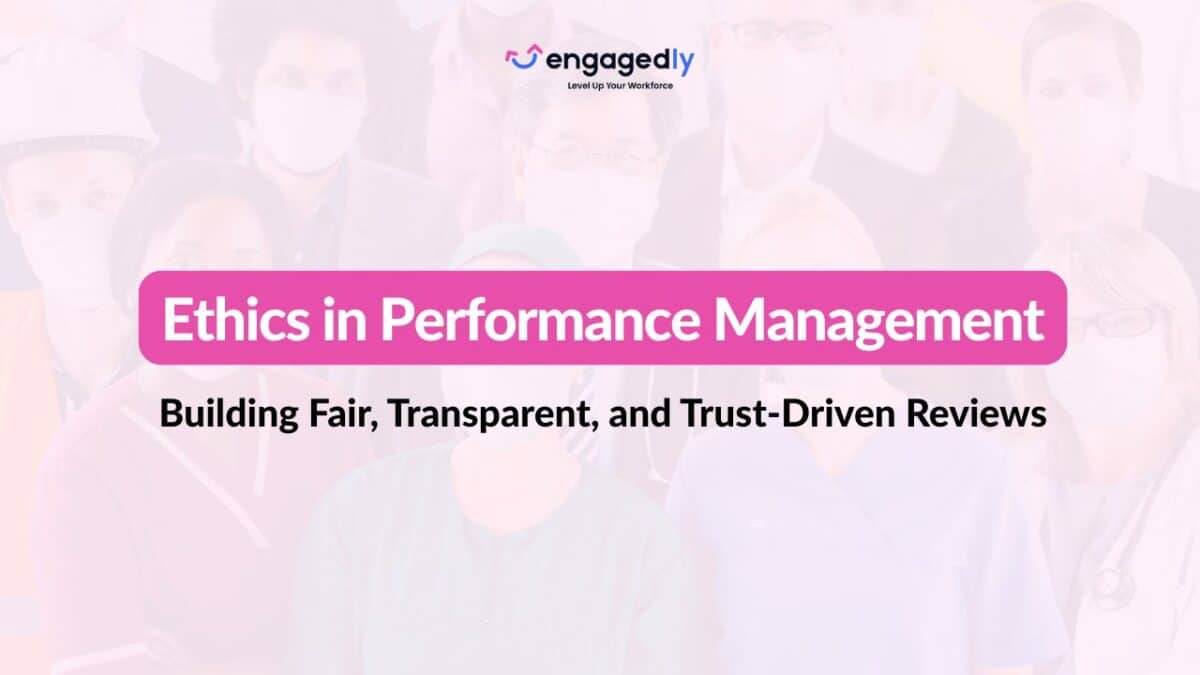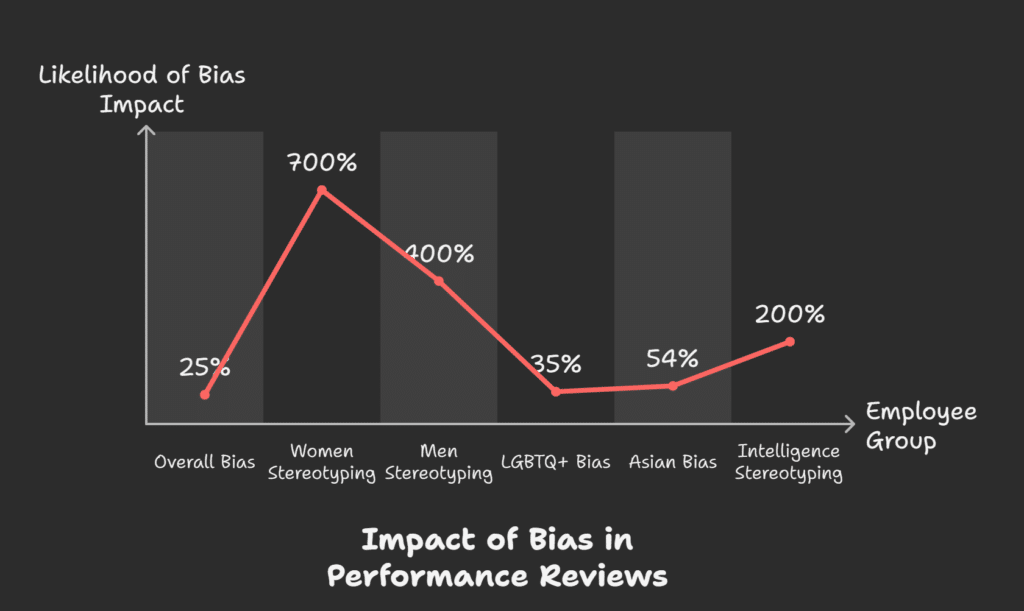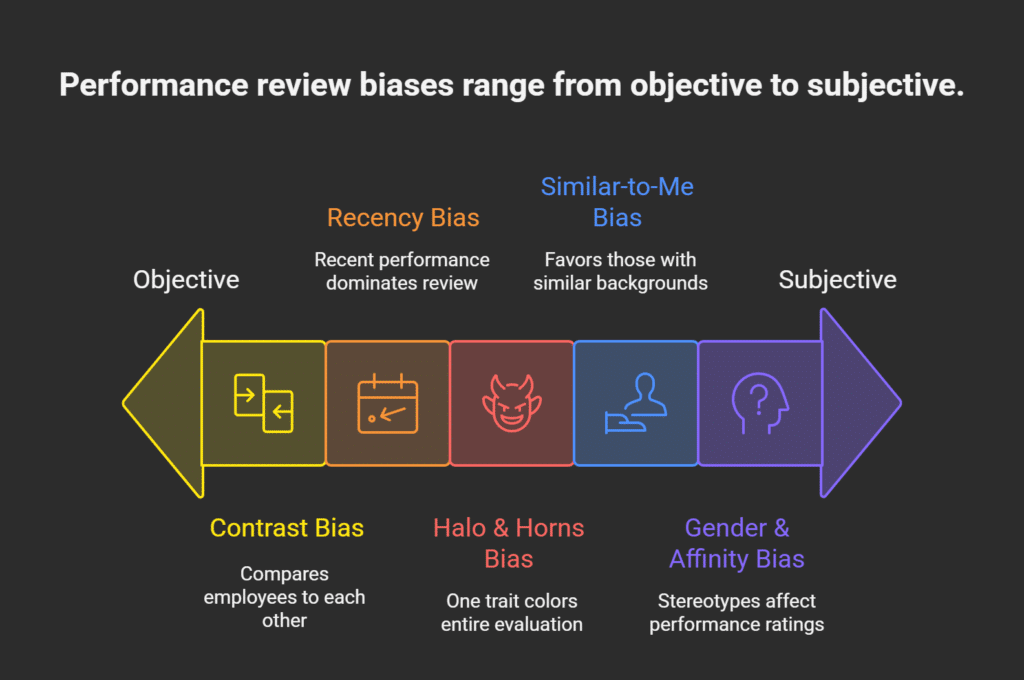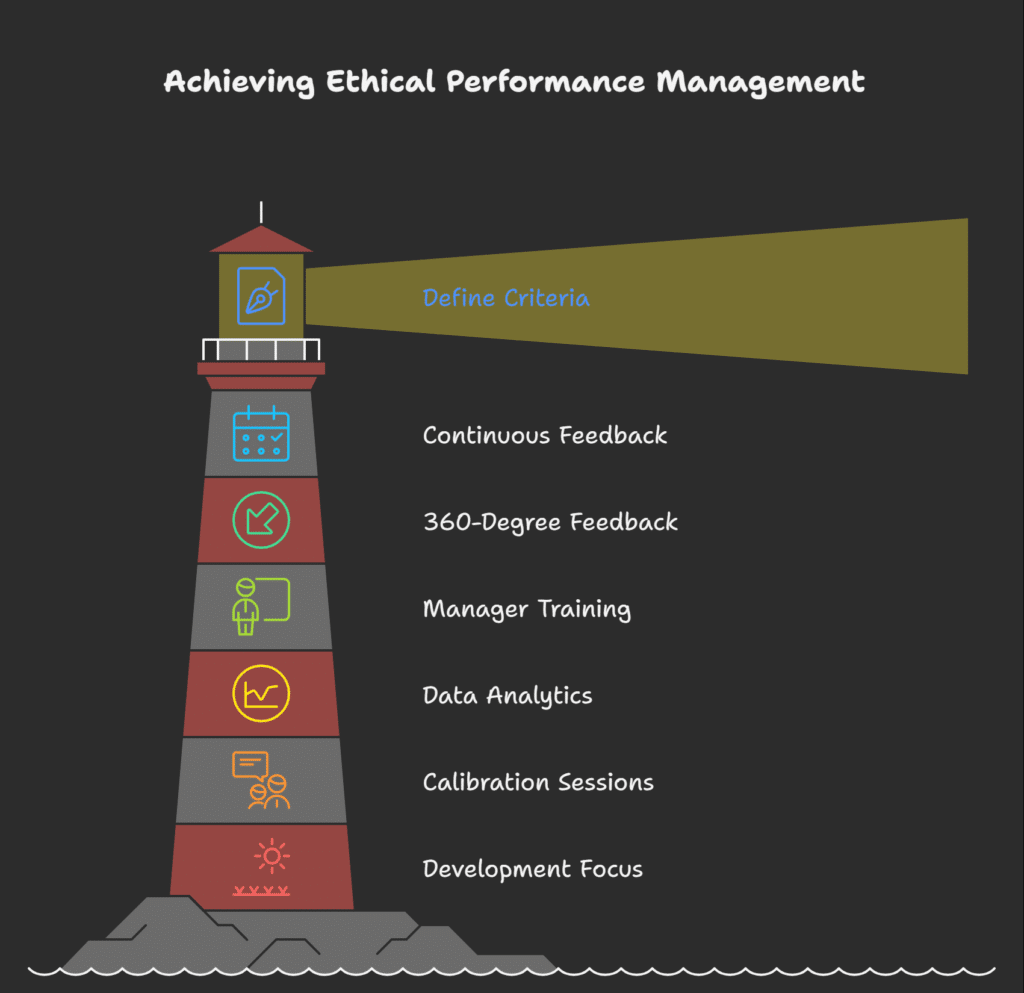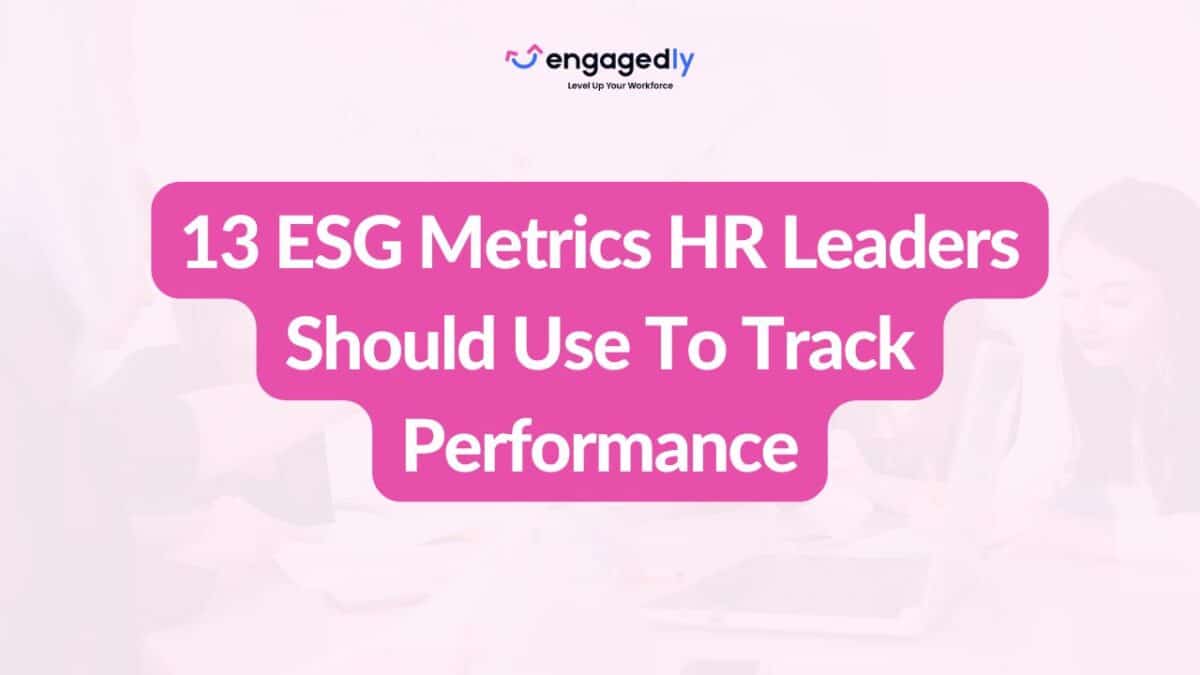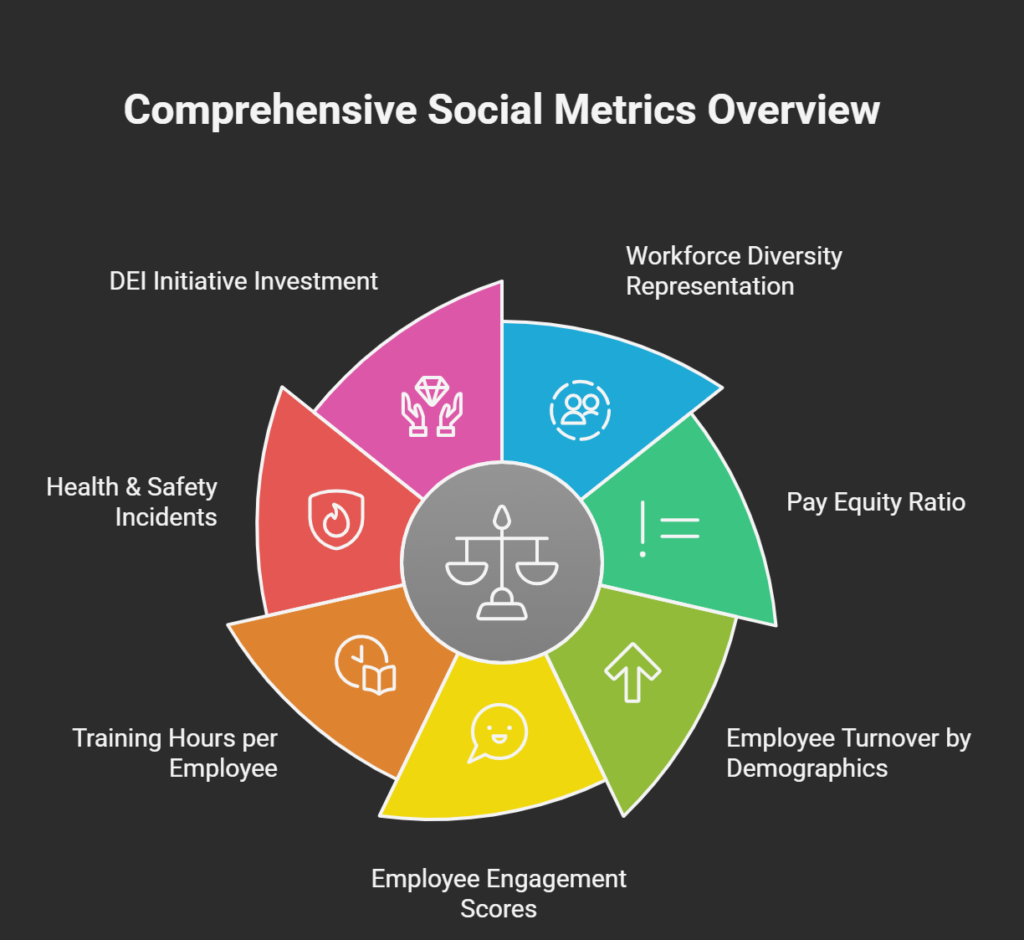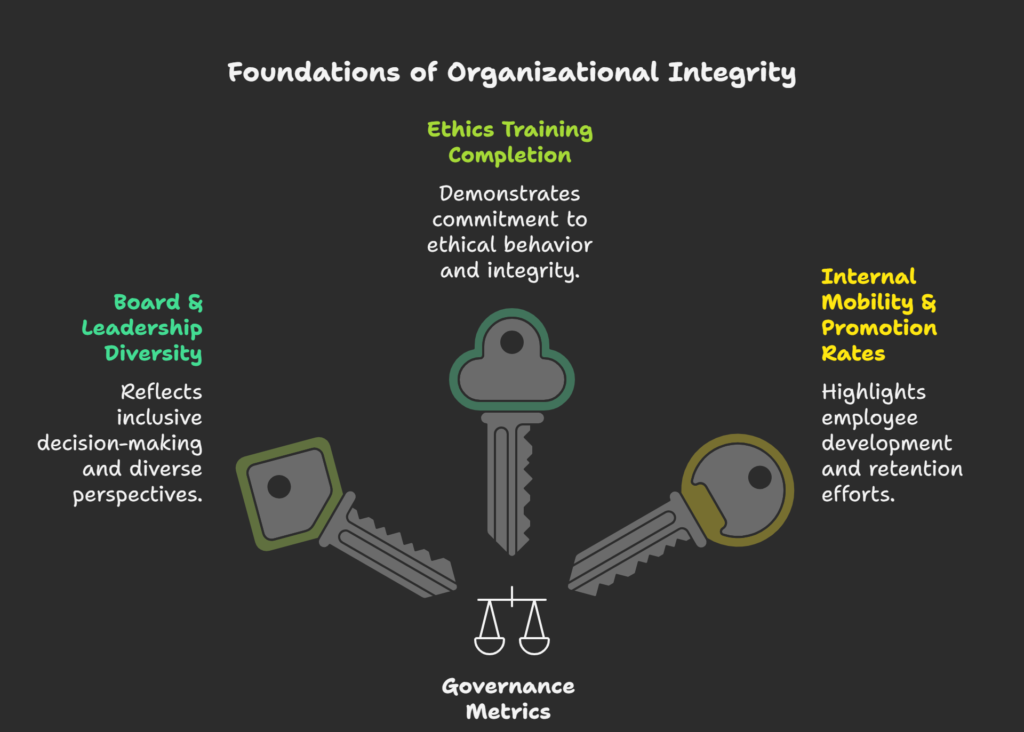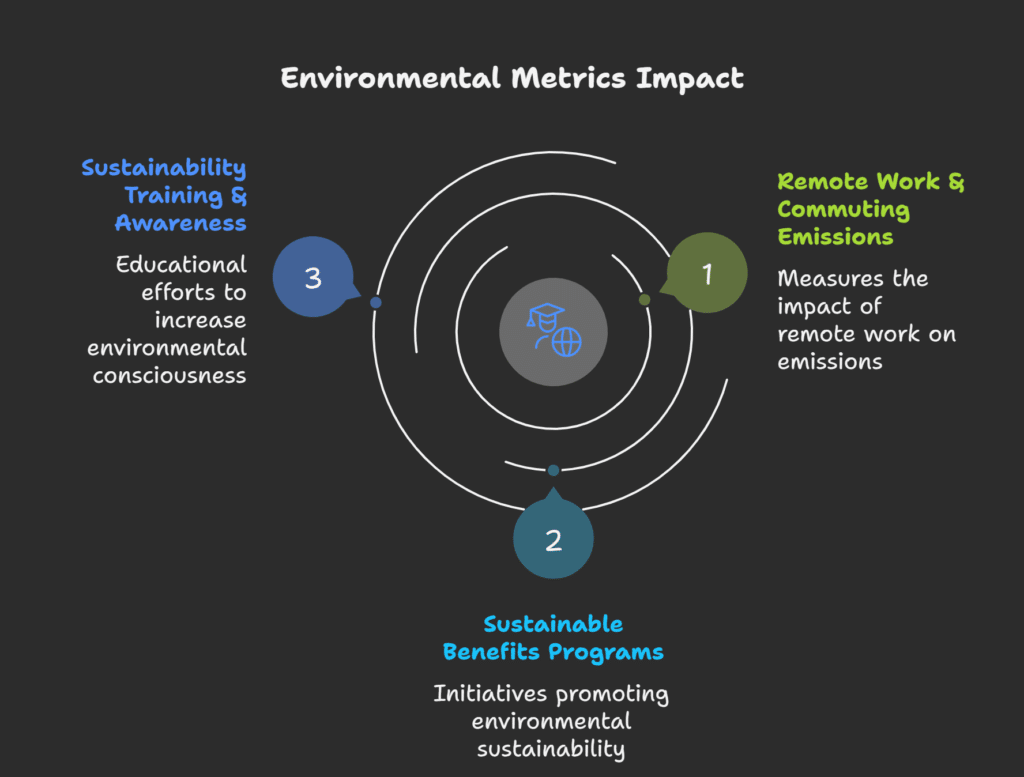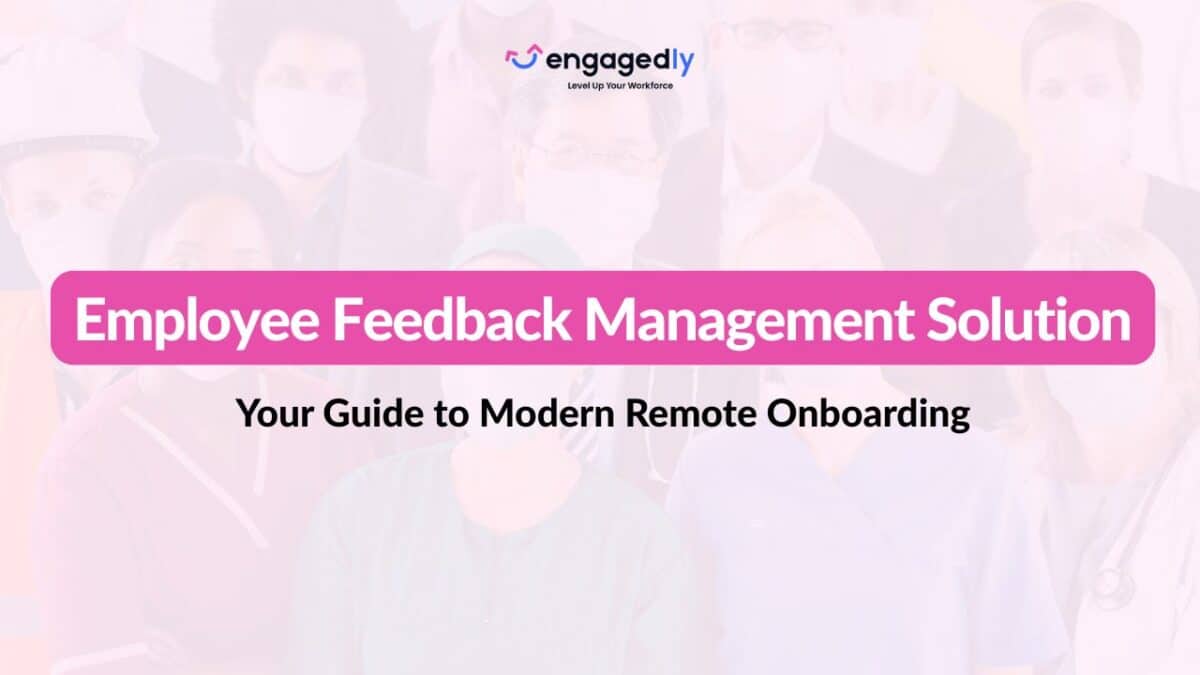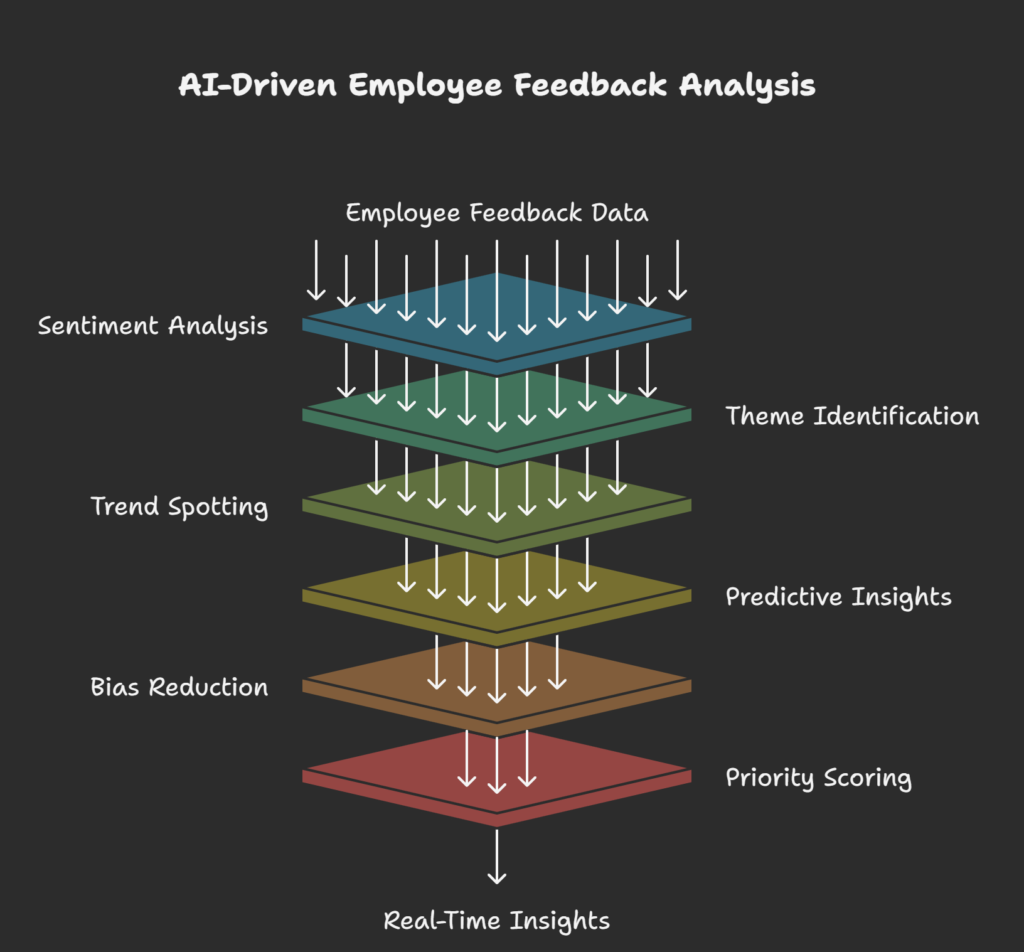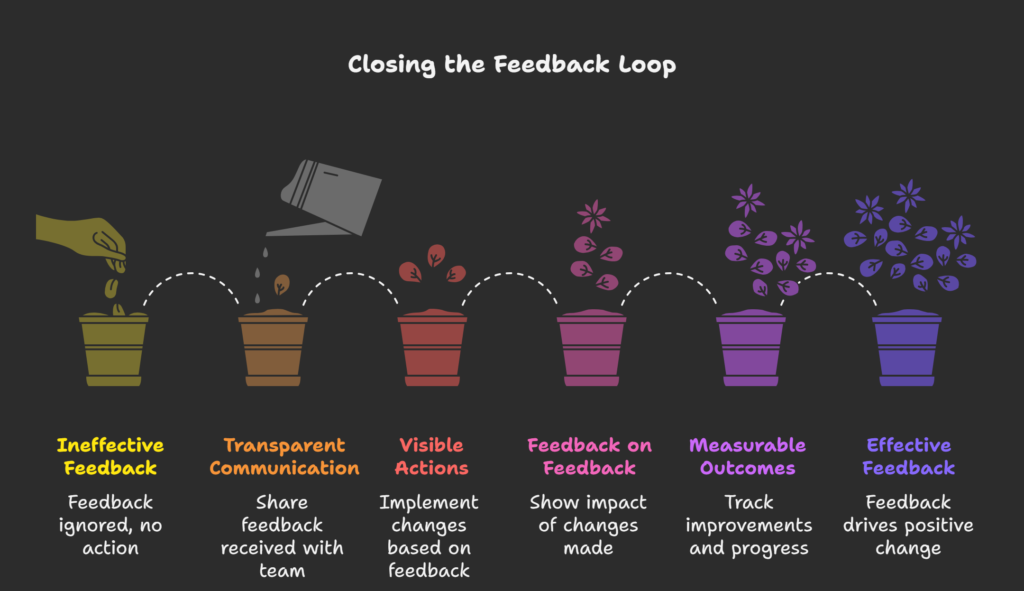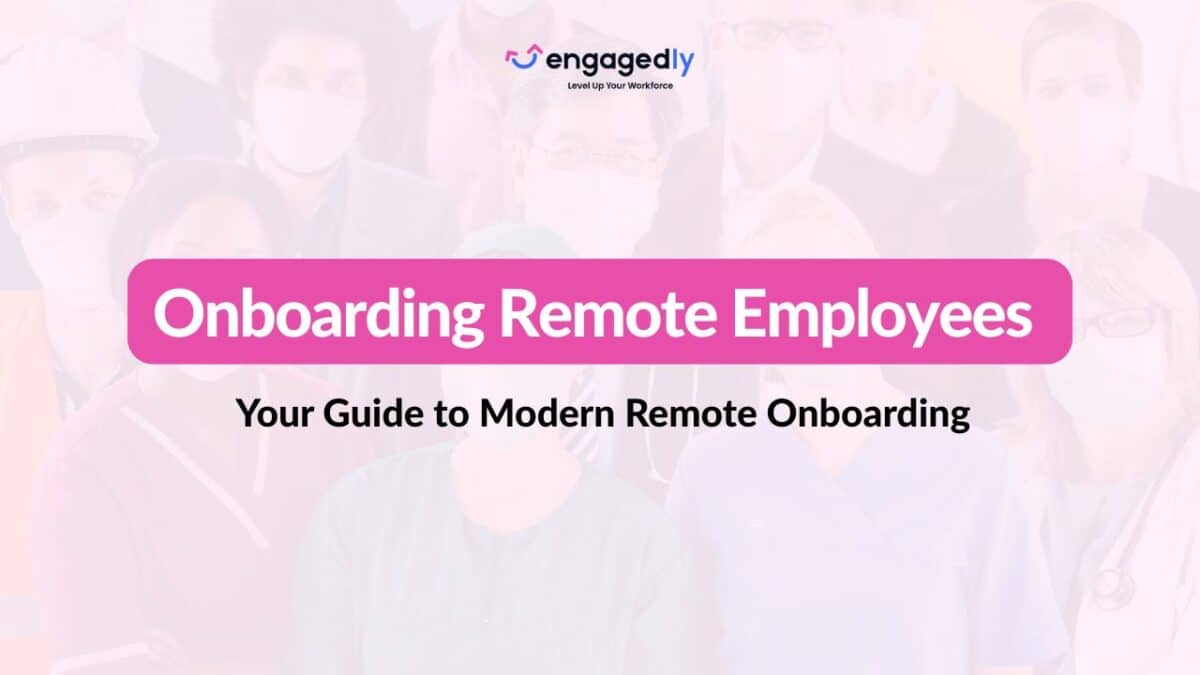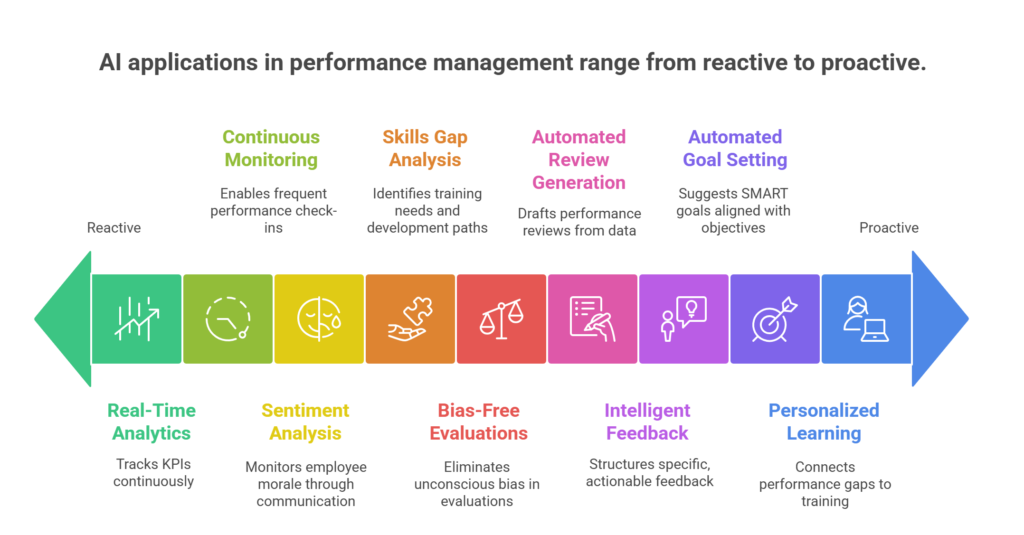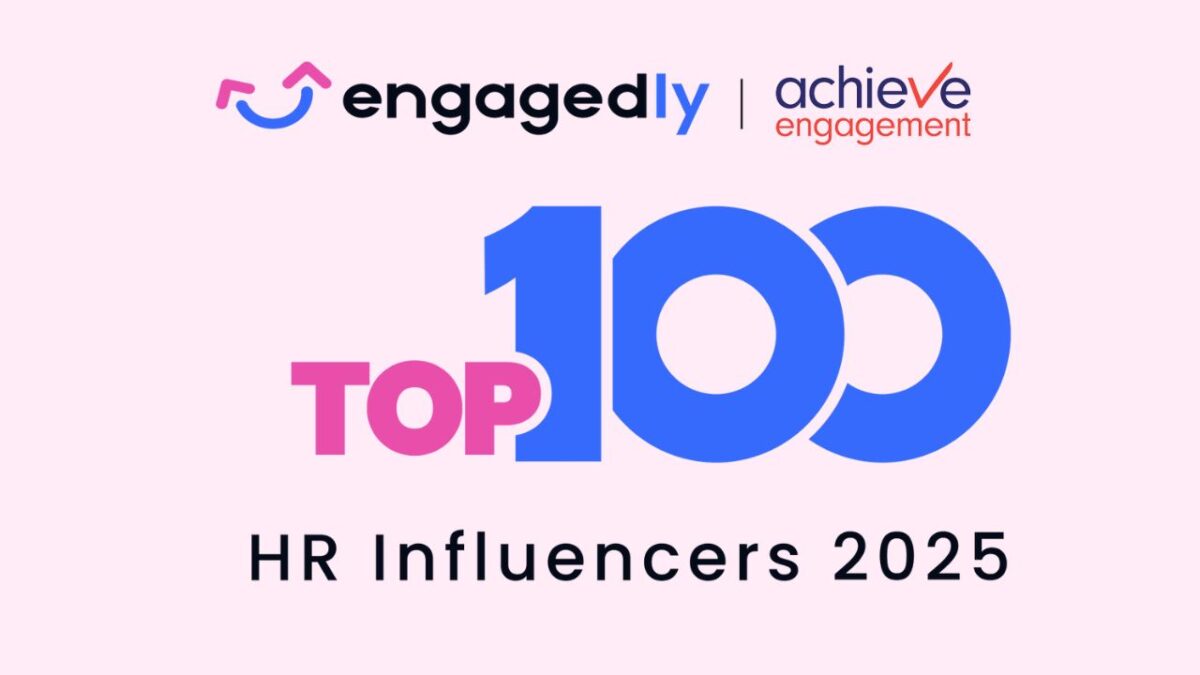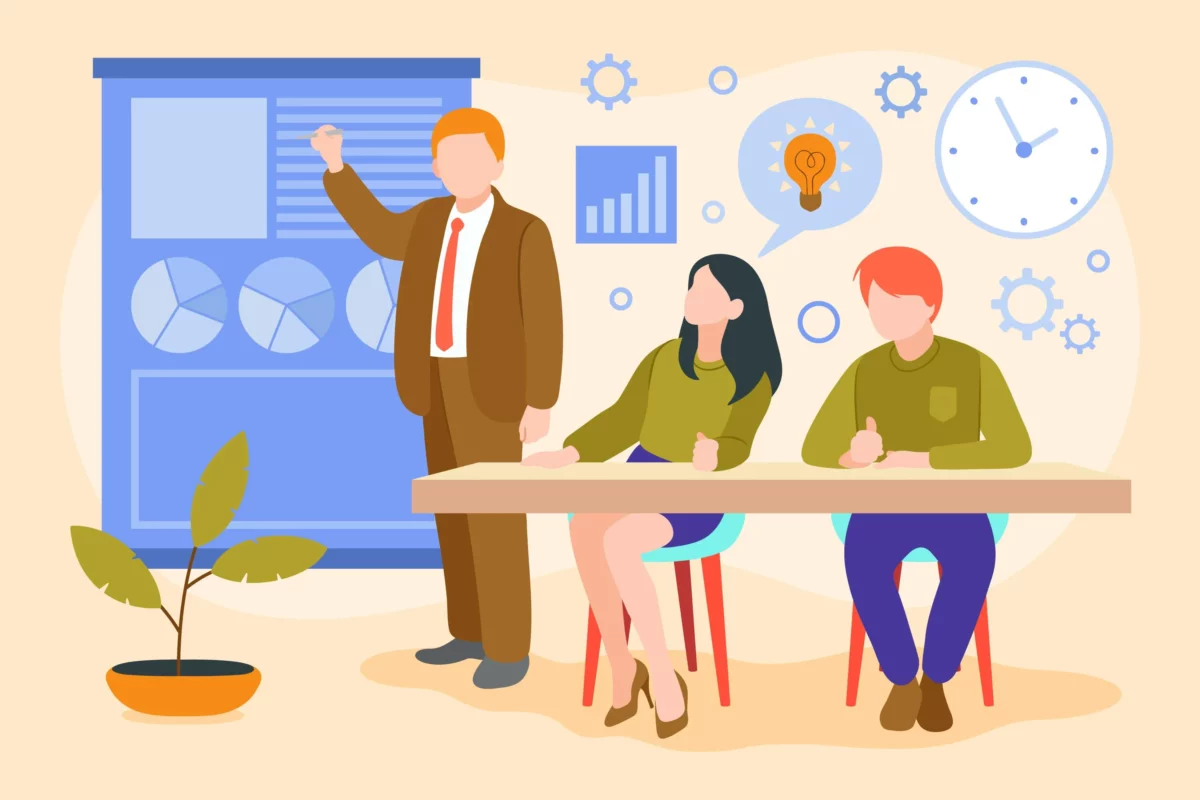Ever feel like your best ideas disappear into the managerial void, never quite reaching the people who could act on them? You’re not alone. According to Harvard Business Review, more than half of employees say they do not feel safe speaking up at work.
That hesitation is tied directly to psychological safety the belief that sharing honest feedback or bold ideas won’t lead to negative consequences. When that safety is missing, insights stay unspoken and innovation stalls.
Skip-level meetings help break that pattern. By giving employees a direct line to senior leadership, these conversations bypass the layers where messages often get filtered, softened, or lost entirely. This simple structural shift signals something powerful: leadership wants to hear the truth, not just a polished version of it.
And the impact goes far beyond communication. When people feel heard, they contribute more fully, engagement rises, and organizations tap into insights that would otherwise never surface. Skip-level meetings aren’t just a procedural exercise; they’re a catalyst for trust, psychological safety, and a culture where great ideas have a real chance to shape the future.
What Exactly is a Skip-Level Meeting?
Imagine you’re a software engineer working on a new product feature. Your manager is supportive, but when you raise ideas or concerns, the feedback sometimes gets lost in translation or buried beneath shifting priorities as it moves up the hierarchy.
This is where skip-level meetings come in. A skip-level meeting is a conversation between employees and senior leadership that intentionally bypasses middle management. Instead of your input being diluted, you have the opportunity to speak directly with your manager’s manager or even a higher-level executive.
These meetings aren’t everyday check-ins. They’re intentional, structured conversations designed to give employees a space to share candid, unfiltered insights with leadership. Skip-level meetings help surface honest perspectives, highlight challenges, and spotlight innovative ideas coming straight from the people doing the work.
And the goal is simple
To break through performance bottlenecks, uncover fresh opportunities, and ensure that everyone’s efforts remain aligned with the organization’s broader objectives.
Impact of Skip-Level Meetings in the Workplace
In a performance-first culture where productivity and growth are paramount, skip-level meetings are the true catalysts for success. These meetings aren’t just routine corporate check-ins—they’re the driving force behind real, measurable improvements.
By bypassing middle management, skip-level meetings create direct connections that fuel innovation, accountability, and faster decision-making. Let’s dive into why they’re so impactful.
1. Brutally Honest Feedback
One of the biggest advantages of skip-level meetings is their ability to cut through the layers of middle management that often filter or sugarcoat information. This ensures that leadership gets the real story, not just the version that makes managers look good.
Employees, who are usually on the receiving end of decisions, get the chance to share their unfiltered feedback directly with leadership. This open communication is where the magic happens—empowering employees to voice their concerns, highlight broken processes, and reveal roadblocks that might otherwise go unnoticed. It’s a crucial step in identifying and fixing issues from the ground up.
2. It Increases Accountability
Ever seen employees in front of the “big boss”? It’s not about exalting leadership—though that can be a bonus. These meetings foster mutual accountability. When leaders actively listen to employee input, it builds trust, and employees are more likely to embrace changes.
Senior leaders are also more likely to follow through when they’ve heard recurring concerns directly. This creates a performance loop, where everyone stays sharp, engaged, and responsive, driving continuous improvement throughout the organization.
3. Breaking Down Communication Silos
Large organizations are notorious for creating unintentional barriers between departments and trapping teams in silos. Skip-level meetings act as a powerful tool to break down these walls. By bypassing layers of management, they promote direct collaboration, leading to quicker problem-solving and more efficient decision-making.
No more excuses like “I didn’t know that department was working on this”—these meetings ensure that communication flows freely across the organization, eliminating misunderstandings and aligning everyone towards shared goals.
4. Building Trust and Transparency
Meeting with senior leadership can often feel intimidating, like stepping into a spotlight or even facing the principal’s office. You’re never sure if you’ll receive praise or be called out for something unexpected. But this is where skip-level meetings shine. They’re not about performance reviews; they’re about building trust.
Transparency is key—employees need to know that whether feedback is positive or critical, leadership is truly listening. When feedback leads to real, visible changes, it’s like flipping a switch. Employees feel heard, and respected, and are motivated to work harder and smarter.
This isn’t just corporate speak—trust flows both ways. When employees see their insights driving decisions, it creates a feedback loop where leaders gain valuable perspectives, and employees gain confidence in leadership’s commitment to improving the workplace.
Over time, this openness reduces the usual fear associated with talking to upper management, fostering authentic collaboration and ultimately boosting performance.
How to Conduct a Skip-Level Meeting Successfully

A skip-level meeting is a meeting where senior leaders meet directly with employees who report to their managers. It is a powerful tool for improving transparency, building trust, and gaining unfiltered insight into what’s happening across the organization. When done well, it strengthens culture and surfaces issues before they become problems. When done poorly, it can create confusion or undermine managers.
Below are proven strategies, supported by guidance from leadership experts and high-performing organizations.
1. Set a Clear Purpose Before the Meeting
Successful skip-level meetings start with clarity. You’re not there to check up on the manager; you’re there to understand the employee experience and strengthen alignment.
Harvard Business Review notes that skip-level conversations work best when leaders frame the meeting as a way to “listen, learn, and gain context,” not as a performance evaluation or escalation path.
What to do:
- Share the meeting’s purpose upfront.
- Reassure managers that the goal is learning, not bypassing their authority.
- Tell employees the meeting is informal, safe, and designed for open conversation.
2. Create Psychological Safety
Skip-level meetings fall apart without trust. Employees need to feel safe being candid.
Google’s Project Aristotle found psychological safety to be the number one predictor of high-performing teams. That applies even more when speaking directly to senior leadership.
What to do:
- Avoid judgmental reactions — stay curious.
- Listen more than you speak.
- Make it clear that negative feedback will not be used against anyone.
3. Ask Open, Practical Questions
Instead of broad, abstract questions, effective skip-level meetings use targeted prompts that reveal what’s really happening day-to-day.
Examples inspired by leadership coaches:
- What’s working well on your team right now?
- What’s getting in the way of your best work?
- If you could improve one process today, what would it be?
- What do you wish leadership understood better?
- How supported do you feel in your role?
These kinds of questions encourage insight without creating pressure.
4. Avoid Undermining Managers
One common mistake is unintentionally weakening the employee’s trust in their direct manager.
Gallup’s management research emphasizes that employees value consistency and alignment. Skip-level meetings should reinforce, not replace the manager relationship.
What to do:
- Don’t contradict or override the manager in the meeting.
- Don’t promise changes on the spot.
- Keep the manager informed about themes and insights (without violating confidentiality).
5. Look for Patterns, Not Complaints
Skip-level meetings reveal qualitative data, but not every comment requires action. Look for repeated themes across multiple discussions. These patterns often reveal systemic issues with process, communication, tools, or workload that may be invisible at higher levels.
6. Share Takeaways Transparently
Employees want to know their input mattered. According to McKinsey’s organizational health research, people feel more engaged when they see that their feedback contributes to decisions.
What to do:
- Share non-sensitive themes with managers.
- Communicate follow-up actions to employees.
- Highlight what you are addressing now and what will be reviewed later.
Transparency builds trust on all sides.
7. Follow Up Consistently
Skip-level meetings are most effective when part of an ongoing leadership habit. Leadership coaches often stress that “one-off conversations create awareness; consistent conversations create change.”
Follow-up practices:
- Revisit key concerns in future meetings.
- Track progress on action items.
- Recognize improvements and wins shared by employees.
This consistency turns skip-level meetings into a continuous feedback loop.
8. Keep the Meeting Human and Two-Way
Finally, remember that skip-level meetings aren’t interrogations — they’re conversations.
Employees feel more connected to leaders who share context, explain decisions, and show genuine interest in their work.
What to do:
- Offer small insights into what leadership is focused on.
- Celebrate team accomplishments they may not see from the top.
- Show appreciation for the challenges the employees face.
Measuring the Success of Skip-Level Meetings

You have successfully adapted this process into your business routine — and that is a good step! But, how are you sure that all those conversations are not going to vanish after everybody leaves the room? You need to measure how effective this process is and ensure that they generate actual results. You can track how they succeed and ensure they are worth your time, by the below listed methods:
1. Increased Employee Engagement
One of the clearest signs that skip-level meetings are doing their job is when it reflects on employee engagement before these meetings begin. You will see this in the willingness and enthusiasm with which employees speak up.
Do they part their lips at meetings? Do you see a change in the nature of the comments they give you? You can make a number out of this — not an anecdote. Survey engagement or pulse check before and after a series of meetings. Is there more enthusiasm for contributing? Do they feel heard? If you are noticing better engagement levels, that is an indication that the meetings counter your goal.
2. Higher, more sustained retention rates
it is no mystery that employees who feel heard and valued are far less likely to leave the company! The process also allows you to keep track of retention rates in departments or teams where the new tool/process is implemented and determine how long-lasting its effect will be.
Just compare the data to those areas where these meetings aren’t going on every so often. It turns out that the more you feel “in the loop” is directly proportional to higher loyalty, and job satisfaction. One of the best ways to know if meetings are beginning to an extant absorb company culture is by finding the correlation between staying and feeling heard.
3. Already Solved Problem
If there is one thing these sessions are for, that specific bottleneck will be cleared. The direct communication that occurs when all levels of the company talk to each other in matters good and bad brings problem-solving opportunities far forward. Find a few indications that problems that took weeks in the past are now being solved within days.
Are projects taking less time to get done? Is the friction reduced on the handovers between departments? One key metric in determining how these meetings work towards breaking organizational barriers is to gauge the speed at which we are able to solve our problems faster.
4. Collaboration Increase Across Levels
Boosted collaboration is another sign that indeed the meetings are working for you. Frontline employees work better in cross-departmental teamwork when closer to the senior leaders. Ideas flow more freely, and there’s less of that dreaded hierarchy blocking innovation.
Conclusion
Skip-level meetings work because they give leaders direct insight into what’s really happening on the ground. When employees can speak openly and leaders listen with intention, problems surface faster, better ideas emerge, and teams feel more connected to the organization’s goals. Keep the conversations focused, follow up on what you learn, and use the insights to make meaningful improvements. If you do that, skip-level meetings quickly become one of the most valuable tools in your leadership toolkit.
FAQs
What is the main purpose of skip-level meetings?
Skip-level meetings are designed to foster direct communication between senior leaders and lower-level employees, bypassing middle management. This ensures unfiltered feedback and a clearer understanding of on-the-ground realities.
How often should skip-level meetings occur?
For maximum effectiveness, skip-level meetings should be held regularly, such as quarterly or biannually, depending on the size of the organization
Can skip-level meetings replace traditional 1-on-1s?
No, skip-level meetings are meant to complement regular manager-employee 1-on-1s. While 1-on-1s focus on immediate tasks, skip-levels zoom out to broader organizational goals
How do you ensure skip-level meetings don’t undermine middle managers?
It’s crucial to communicate the purpose of skip-level meetings clearly. They are not a critique of middle managers but rather an additional avenue for feedback and innovation
What’s the biggest challenge in skip-level meetings?
Building trust is the hardest part. Employees might hesitate to be candid for fear of repercussions. Ensuring confidentiality and following up on actions can help mitigate this


